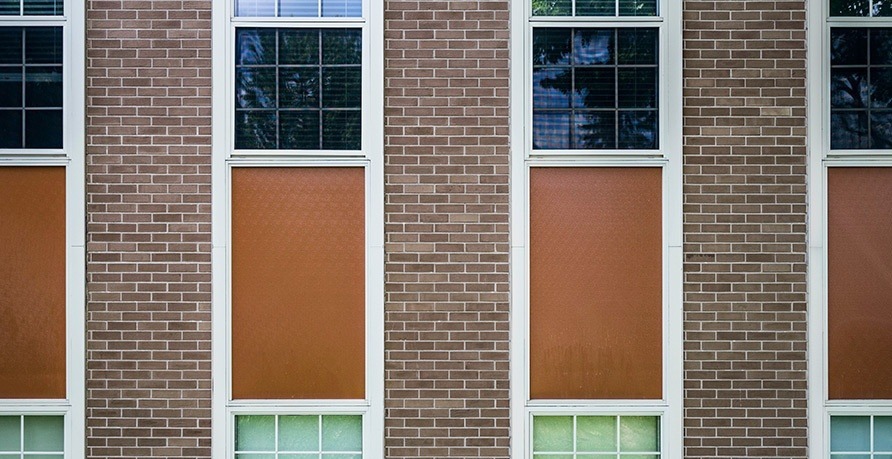
With the recent news of the horrifying shooting at Stoneman Douglas High School in Florida, the topic of how best to protect schools and other buildings is again being argued throughout the media and in society at large. Inevitably, one of the points that will be brought up is the topic of bulletproof glass. Unfortunately, much of the public discussion on the topic is wildly uninformed, which seriously degrades the quality of an already challenging conversation. As such, in an effort to inject some useful facts into an emotional discussion, we thought we’d address the true effectiveness of bulletproof glass.
Bullet Resistant, Not Bullet Proof
First, there is no such thing as bulletproof glass. Ballistic glass, or bullet resistant glass, is engineered to stop one or several high-impact projectiles that strike it, but its effectiveness dramatically decreases after the initial hit. Eventually, ballistic glass will give when fired upon repeatedly, regardless of its rating (more on this below). The portrayals in Hollywood movies of bulletproof glass being fired upon and the bullets simply bouncing off, with no damage to the glass, are simply inaccurate. For a more realistic portrayal of ballistic glass being fired on, check out this video.
Not Really Glass, Either
In fact, ballistic glass is made from several layers of clear or tinted glass covered with safety films to prevent spall, adhesive interlayers, and layers of high-quality polycarbonate, a plastic similar to plexiglass. For a look at the layers involved in ballistic glass, take a look at the graphic on the Signals Defense blog, “An Introduction to Ballistic Glass Ratings.” The glass, while useful for visual clarity, is not what makes ballistic glass resistant to bullets. The polycarbonate is what gives it the strength to withstand the high-velocity impact.
Effectiveness Depends on Rating
Ballistic glass is rated for its strength and resistance to bullets. Two industry standards are most commonly used for bullet resistance, Underwriters Laboratories (UL) Standard 752 and National Institute of Justice (NIJ) 018.01. There are eight levels ranging in thickness from 13/16 of an inch for Level 1 to 2 3/8 inches for Level 8. Level 1 is engineered to withstand three shots from a 9 mm handgun, while Level 8 is made to hold up to five shots from a rifle firing a 7.62 mm bullet, such as an AK-47. Given this vast difference in effectiveness, it is important to know what level any ballistic glass is before trusting that it will hold up under fire.
Conclusion
No ballistic glass is made to continually withstand bullets. The key is in the name – bullet resistant, not bulletproof. Ballistic glass is intended to stop the initial shots fired at a window to give the occupants of the building time to get to safety. However, stopping those initial shots can mean the difference between life and death in a terrible situation. If you’re thinking about upgrading your building’s security, contact the experts at Signals Defense for a free consultation.

